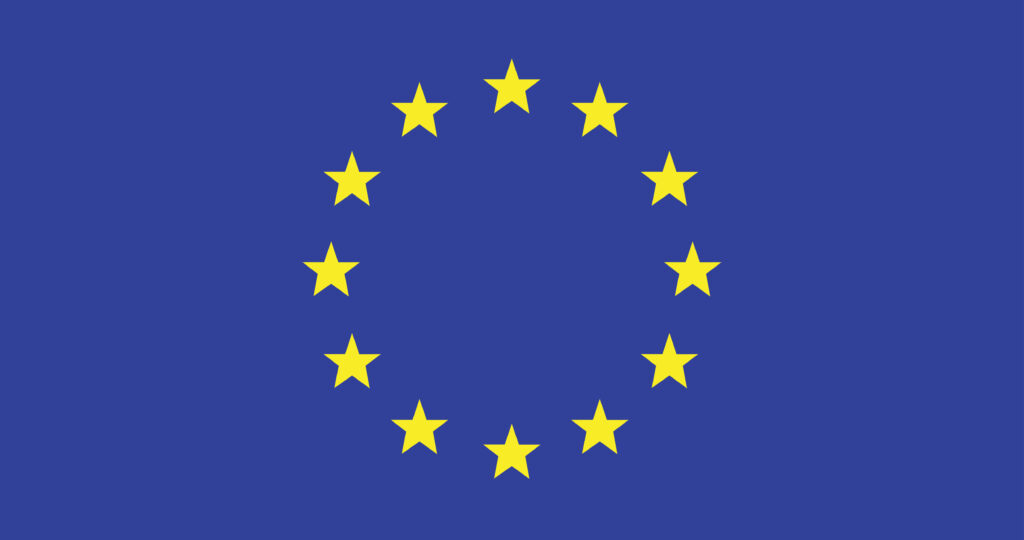Recent reports from BILD and the Financial Times suggest that the United States is considering withdrawing from NATO member states that joined after 1990, which includes the Baltic nations. If these rumors hold any truth, then NATO’s demise is no longer just speculation—it is imminent.

NATO’s Mission Was Russia—And Russia Won
For decades, NATO existed for a single purpose: to counter the Soviet Union and later, Russia. It was a military alliance built around deterrence, collective defense, and American dominance in global security. However, the post-Cold War years saw NATO’s relentless eastward expansion, absorbing country after country into its fold—despite Russian warnings that this would lead to conflict.
That conflict eventually came, and Russia emerged undeterred and victorious, with Ukraine, the West’s major proxy in Eastern Europe, facing devastating losses. The very foundation of NATO’s legitimacy—containing Russia—has crumbled.
The United States No Longer Sees a Purpose for NATO
NATO is often described as a joint alliance of Western powers, but in reality, it exists on the back of American military and economic support, accounting for nearly 70% of its total strength. The United States has carried NATO for decades, spending trillions of dollars to maintain its European security commitments. However, Washington’s strategic priorities are shifting.

With China rising as the primary global rival, the U.S. can no longer afford to anchor itself in endless European conflicts. If the reports are accurate and Washington truly plans to step back from its post-1990 NATO commitments, it signals a major strategic shift away from Europe—one that could see the U.S. redefine its alliances and military focus toward the Indo-Pacific.
What Happens Next? NATO’s Possible Rebrand
If the U.S. does step back, NATO, as it has existed since 1949, will cease to function in its current form. Without American military dominance, its effectiveness and deterrence capability will be severely compromised.
That leaves two possibilities:

A European-Led NATO
NATO may rebrand itself as a purely European military alliance, with the EU nations—primarily Germany and France—taking the lead. However, with European militaries underfunded and lacking strategic unity, this option seems unlikely to fill the void left by the U.S.

A Slow Dissolution
If key members like Poland, the Baltics, and other post-1990 NATO states no longer receive the ironclad security guarantee of Article 5 (collective defense), confidence in NATO will erode rapidly. Countries may begin pursuing independent defense strategies or forming regional military pacts, effectively ending NATO in all but name.
The Bottom Line: NATO’s Survival Is in Question
If the U.S. withdraws support from NATO’s post-1990 members, it will mark the beginning of the alliance’s end. While European leaders may attempt to salvage what remains, NATO without strong U.S. backing is an entirely different entity—one with limited capabilities, reduced global influence, and a fractured sense of purpose.
The world is watching. If NATO falls, it will be remembered as an alliance that outlived its purpose, overreached in its ambitions, and ultimately collapsed under its own weight.
